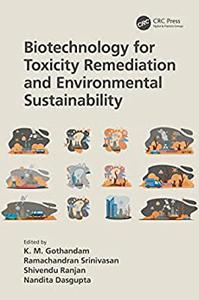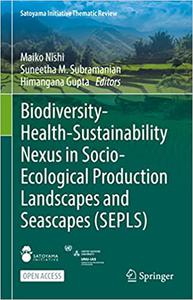![Biotechnology for Toxicity Remediation and Environmental Sustainability]() Biotechnology for Toxicity Remediation and Environmental Sustainability
Biotechnology for Toxicity Remediation and Environmental SustainabilityEnglish | 2023 | ISBN: 1032319232 | 298 Pages | PDF (True) | 8 MB
Environmental issues such as ozone layer depletion, overpopulation, biodiversity loss, global warming, natural resource depletion, and so on affect every organism on the planet somehow. Environmental biotechnology applications can help to protect and restore the quality of the environment. The goal is to use biotechnology with other technologies and safety procedures to prevent, arrest, and reverse environmental degradation. Environmental biotechnology is one of the most rapidly expanding and practically useful scientific fields. Biochemistry, physiology and genetic research of microorganisms can be converted into commercially available technologies for reversing and preventing further deterioration of the earth's environment. Solid, liquid, and gaseous wastes can be altered either by recycling new by-products or by purifying to make the end product less harmful to the environment. Biotechnology for Toxic Remediation and Environmental Sustainability discusses the removal of pollutants by absorption techniques and recycling wastewater into valuable by-products and biofuels by microorganisms. Moreover, this book also addresses corrosion prevention by green inhibitors, uses electrochemical systems for renewable energy and waste recycling using microbes, and recent food safety and security trends in the food microbiome. On the other hand, this book also discusses therapy and treatments against antibiotic-resistant bacteria, anti-cancer and pharmacological properties of thymoquinone and preventive properties of zinc nanoparticles against stress-mediated apoptosis in epithelial cells.










